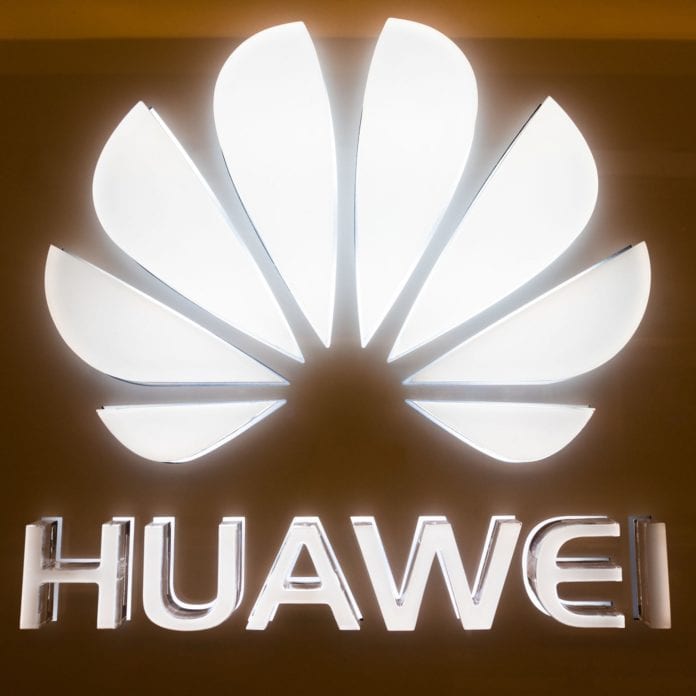In a New Year’s message, Huawei’s Deputy Chairman and Rotating CEO Ken Hu said that the company saw 15% year-over-year revenue growth in 2017, and said that the industry’s foundation for new growth lies in creating superior customer experiences in video, the internet of things, and cloud communications.
Hu said that sales revenue is expected to reach more than $92 billion for the year just ended, an increase of 15% year-over-year.
“Despite fluctuations in telco investment cycles, our carrier business has remained healthy and robust,” Hu wrote. “As markets waver, we are more committed than ever to exploring better solutions with our customers as they shift away from network construction models that are investment-driven, to models driven by value.”
In the meantime, he added, Huawei is “speeding up pre-commercial testing for 5G, and building all-cloud networks and digital O&M systems with data centers at their core. The goal is to help carriers deliver a superior experience in video, IoT, and cloud communications for all of their subscribers: individuals, households, and enterprises alike. This is the foundation of new growth in the telecoms industry.”
He added that of the Fortune Global 500, 197 companies use Huawei as their partner for digital transformation.
Among other highlights that Hu noted for Huawei as it starts off the new year and its 30th year as a company:
-Huawei shipped 153 million smart devices during 2017, including its Honor phones, and has more than 10% global market share.
-Forming a cloud business unit. Hu said that Huawei more than doubled its cloud service portfolio compared to its position at the end of 2016, and that after announcing its intent to “collaborate more broadly on a range of public cloud offerings”, that it has more than 1,000 strategic cloud partnerships.
-In an increasingly intelligent world, Hu said, Huawei’s “sweet spot” revolves around big data, cloud computing and artificial intelligence, both in terms of AI platforms and on-device AI. Huawei in 2017 released its first smartphone with an AI-specific chipset, he noted, the Mate 10.
-Hu also made note of Huawei’s strategy on advancing its employees. He said that the company focused last year on fast-tracking promotions for 4,500 top performers and that this year it is aiming to do the same for 6,000 people.
In touching on goals for Huawei’s various business groups, Hu wrote, “our Carrier BG needs to keep ahead of industry growth, improve contract quality, and actively seek out new growth opportunities. Our Enterprise BG needs to keep growing at a faster pace and become one of our core business pillars within five years’ time. Our Consumer BG needs to reinforce its foundations, maintain positive growth momentum, and keep on improving profitability. Our public cloud business needs to invest according to plan, improve the competitiveness of its products, and concentrate on scaling out.”

